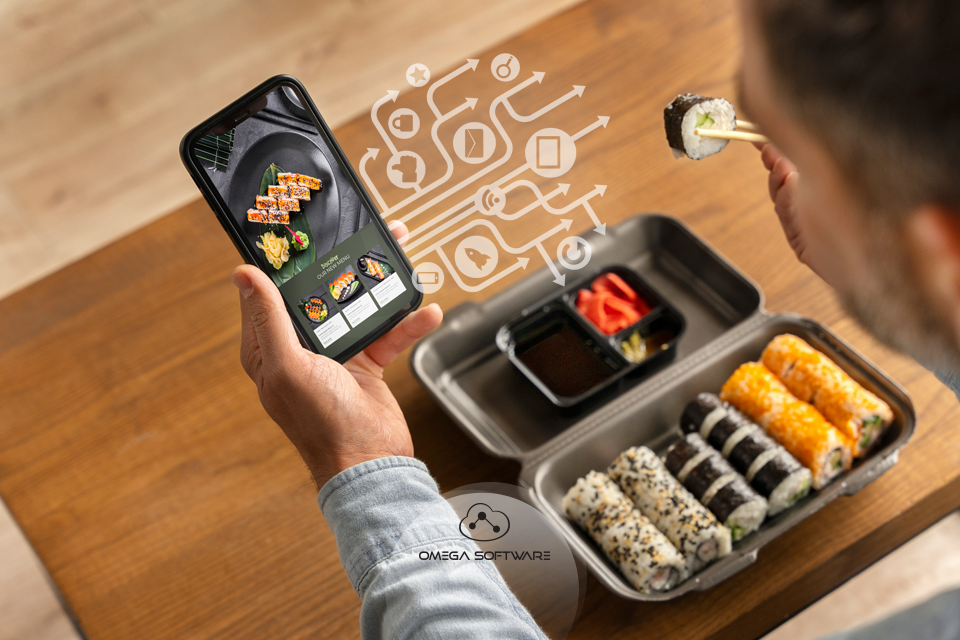In the ever-evolving landscape of the restaurant industry, embracing an omnichannel approach has become a strategic imperative. From online ordering to in-house dining and everything in between, creating a seamless and integrated experience for customers is key to success. In this blog post, we delve into five actionable tips to build a successful omnichannel for restaurant approach, combining the best of both virtual and physical realms.
1.Unified Branding Across Channels:
Establishing a consistent brand identity is the cornerstone of omnichannel success. Whether customers interact with your restaurant through your website, mobile app, social media, or in person, they should experience a cohesive brand image. This consistency builds brand recognition, trust, and loyalty.
2.Seamless Online Ordering Experience:
The online ordering process is often the first point of contact for digital customers. Ensure your online platform is user-friendly, intuitive, and optimized for various devices. Incorporate high-quality visuals of your menu items, streamline the ordering process, and provide clear information on delivery or pickup options.
3.Integrate a Robust Point of Sale (POS) System:
A modern POS system acts as the central nervous system of your omnichannel for restaurant operations. It should seamlessly integrate online and offline transactions, inventory management , and customer data. This integration ensures that orders, whether placed online or in-store, are efficiently processed, reducing errors and enhancing overall efficiency.
4.Leverage Customer Data for Personalization:
Omnichannel for restaurants thrives on personalized customer experiences. Collect and analyze data from various channels to understand customer preferences, order history, and feedback. Use this data to tailor promotions, recommend menu items, and create targeted marketing campaigns, fostering a deeper connection with your audience.
5.Optimize for Mobile Engagement:
Mobile devices play a central role in the omnichannel for restaurant experience. Ensure your website is mobile-responsive, and if you have a dedicated app, prioritize its functionality and user interface. Enable features such as mobile ordering, push notifications for promotions, and loyalty programs accessible through mobile devices. Mobile devices are critical components of the omnichannel experience. It is important to ensure that your website is mobile-responsive. If you have a dedicated app, prioritize its functionality and user interface. Enable features such as mobile ordering, push notifications for promotions, and loyalty programs that can be accessed through mobile devices. Additionally, consider implementing a digital menu or QR menu that customers can scan using their mobile devices to access your menu and order directly. This will enhance their overall experience and make it easier for them to place orders without the need for physical menus or waiting for a server to take their order.
Conclusion:
In the dynamic and competitive landscape of the hospitality industry, mastering the omnichannel for restaurant experience is not just an option; it’s a necessity. By unifying your brand, optimizing online channels, integrating a robust POS system, leveraging customer data, optimizing for mobile, and implementing a seamless loyalty program, you can create a holistic and engaging experience for your customers.
As you embark on the journey of building a successful omnichannel for restaurants, remember that each interaction contributes to the overall perception of your brand. Stay ahead of the curve, embrace the power of omnichannel, and elevate your restaurant business to new heights.

